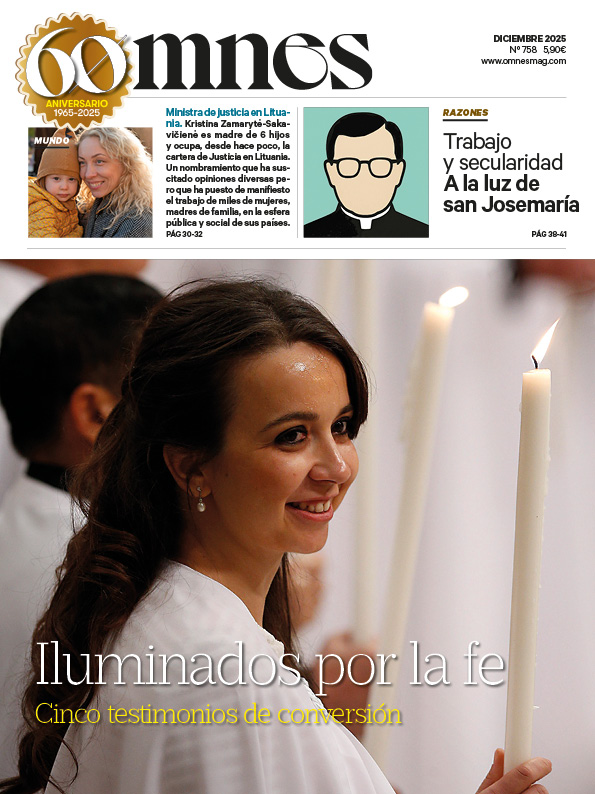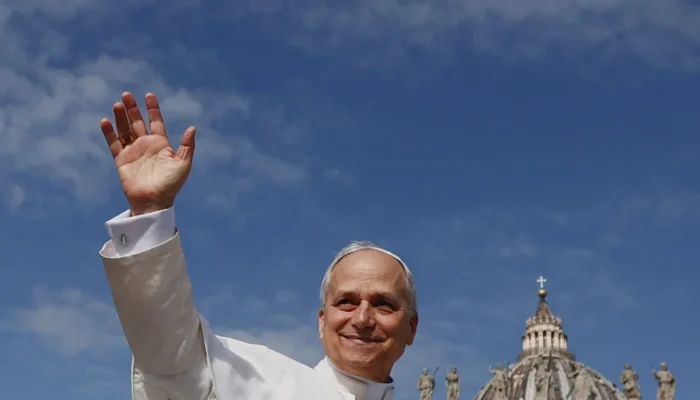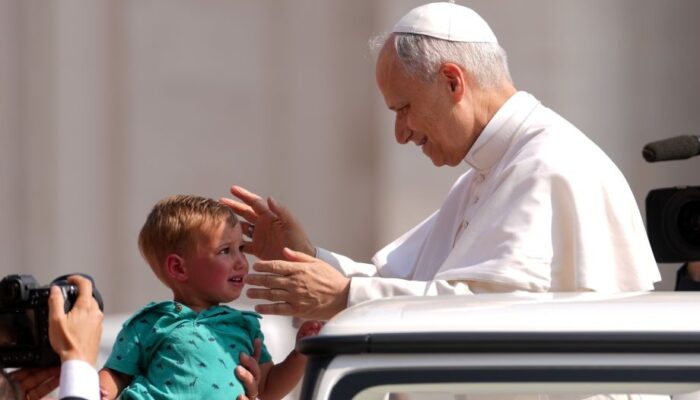The Vatican's financial situation at mid-2025 presents a complex picture, marked by persistent structural challenges, but also by significant progress in the management and transparency of its key entities. In the last two months, very positive reports have been presented with the balance sheets of the Administration of the Patrimony of the Apostolic See (APSA) and the Institute for Works of Religion (IOR) with the results for the year 2024. These good results contrast with other alarmist headlines and surprising adjustments in the Holy See. One need only recall the salary reductions for cardinals and the increase in the price of real estate that Pope Francis had to make. So, one wonders, where does that leave us, is the Vatican's economic situation good or bad?
If we had to answer the question briefly, we would have to say that some areas of the Vatican have a positive professionalization, transparency and performance, while others are very non-transparent and very loss-making. The overall balance sheet is not positive and in general terms it can be said that the Holy See would be in a very delicate economic situation. The accounting improvements of these institutions do not prevent the Holy See from continuing to face a chronic structural deficit, burdened above all by the debts of its pension fund.
Sources of income
The Vatican, as the world's smallest sovereign state, operates with a unique financial model that distinguishes it from conventional national economies. Its structure is not based on collecting taxes from its residents or issuing sovereign bonds. Instead, its main sources of funding come from a variety of global sources, including donations from Catholic dioceses and faithful around the world, revenues generated by the Vatican Museums through ticket sales, and returns from its extensive portfolio of investments and real estate holdings.
APSA and IOR
APSA manages the Holy See's movable and immovable assets, which comprise 4,234 properties in Italy and an additional 1,200 properties located in key international cities such as London, Paris, Geneva and Lausanne. A 70% of the properties do not generate income, as they are used to house Vatican or other church offices, while another 11% are rented at reduced rates to Vatican employees.
In 2024, it reported a profit of €62.2 million. This represents a substantial increase of €16 million over its 2023 performance. This result is recognized as one of APSA's best in recent years.
The IOR, commonly known as the "Vatican Bank," detailed in its 2024 annual report a net profit of €32 million, representing an increase of 7% over 2023. This positive trajectory confirms the effectiveness of years of financial reforms implemented within the institution.
Pension deficit
The Holy See has been dealing with a chronic structural deficit for several years. This deficit is estimated at between €50 million and €90 million annually, representing approximately 7% of its total budget, which amounted to €1.2 billion in 2023. Some historical data further illustrates this challenge, with a projected deficit of $87 million in 2023 and an operating deficit reaching €83.5 million in the same year, an increase of €33 million compared to 2022. Beyond the annual operating deficit, a critical long-term financial obligation is the substantial pension fund deficit for the Vatican's approximately 5,000 employees and retirees.
The Vatican's pension deficit has never been fully accounted for, but it is estimated at between one and two billion euros. The last serious study was carried out by the reform commission, COSEA, in 2015. The fear of non-transparent financial procedures, including loopholes opened for money laundering, periodically resurfaces as a phenomenon never solved or eradicated.
The management of Pope Francis
During his pontificate, Pope Francis spearheaded a profound reform of the Institute for Works of Religion (IOR), with the aim of eradicating mafia-linked money laundering and restoring its financial integrity. In 2014, a year after Francis' arrival, more than 1,000 suspicious accounts were closed, many of which were inactive or linked to purposes not compatible with its mission.
In 2024, the Authority for Supervision and Financial Reporting (ASIF) recorded a one-third reduction in suspicious financial activity reports at the Vatican. In addition, the Moneyval assessment platform recognized substantial improvements in the fight against money laundering and terrorist financing, ranking the IOR with high levels of technical compliance.
Despite the reforms promoted by Pope Francis to clean up Vatican finances, the case of Cardinal Angelo Becciu has shown that economic malpractices persist within the Holy See. The scandal, linked to opaque investments and irregular management of funds, has called into question the effectiveness of some internal control mechanisms.
At the same time, during the same pontificate, donations to the St. Peter's Oblates - the main source of financial support from the faithful to the Pope - were greatly reduced, seriously affecting the Vatican's ability to sustain its pastoral, diplomatic and welfare activities.
For Leo XIV, economic management is one of the most urgent challenges. The new pontiff will have to consolidate transparency, regain the trust of the faithful and rebalance Vatican finances without losing the evangelical spirit of poverty and service.








